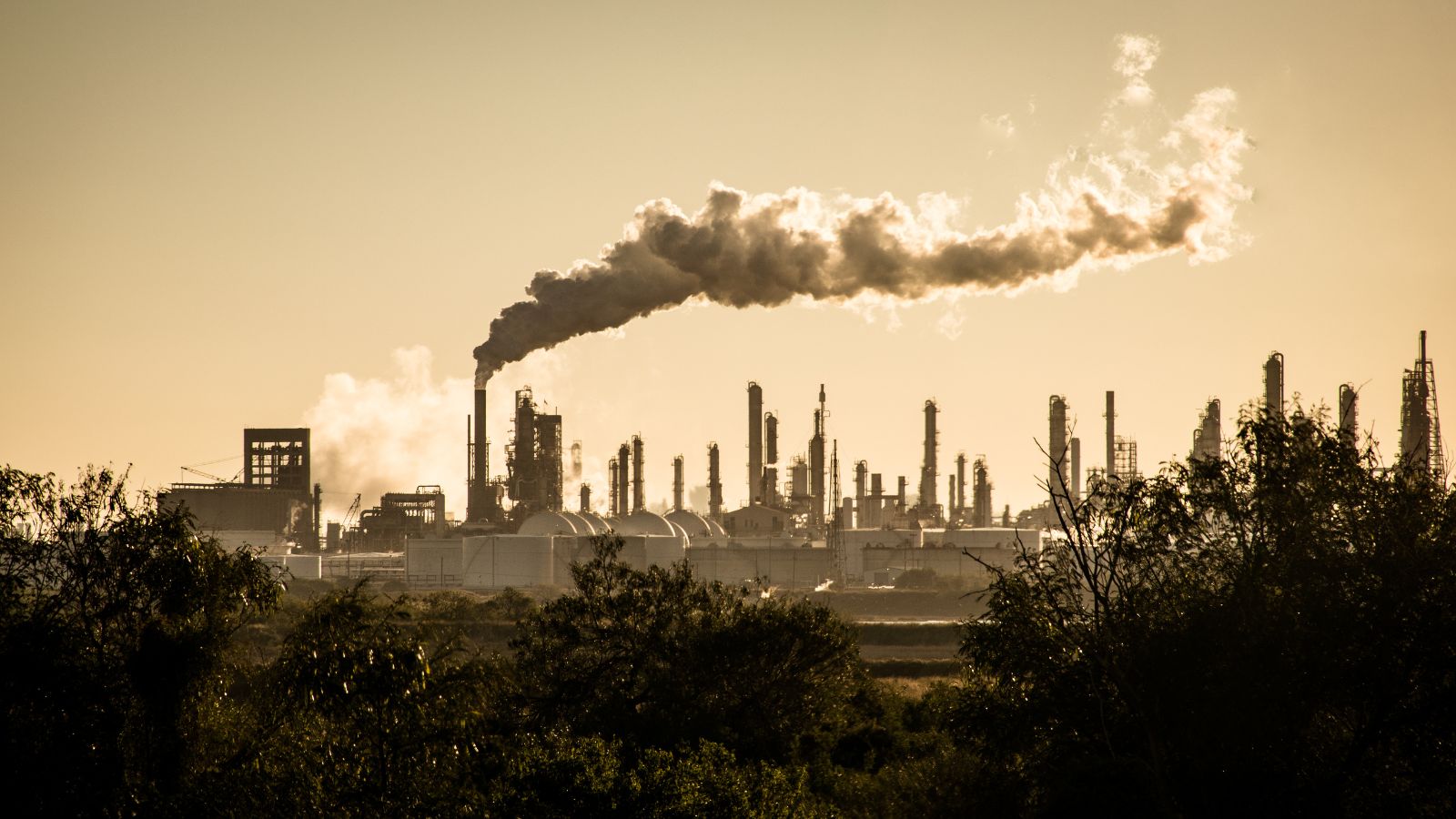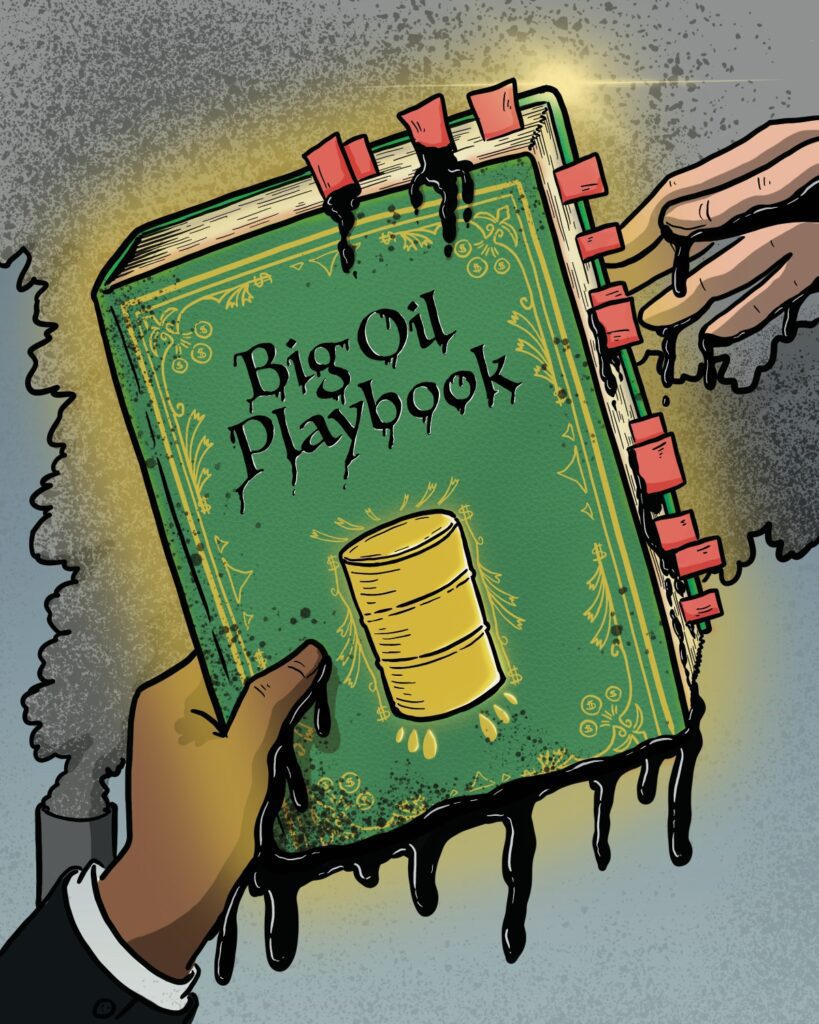Co-written with Caroline Brouillette, Climate Action Network Canada
In just one week, the world’s attention will be on the proceedings in Sharm El Sheikh, Egypt, where heads of states, civil society groups and CEOs will be gathering to discuss climate solutions at COP27. At last year’s edition of the climate negotiations, the Government of Canada made a promise to cap oil and gas emissions – a bold and historic first. This year, Prime Minister Trudeau is presented with another opportune moment to reinforce Canada’s intentions to be a global climate leader. While the whole world is watching, Prime Minister Trudeau needs to double down on Canada’s commitment to curb oil and gas emissions by announcing the targets for the emissions cap policy at COP27.
The federal government’s announcement last year was a big deal – it sent a strong signal that this government is finally ready to tackle the oil and gas industry’s pollution. The announcement was the easy part. Now the Prime Minister needs to chart the pathway to reduce the industry’s emissions – which account for 26% of Canada’s domestic emissions and increased by nearly 20 per cent from 2005 to 2019 – all of this while most other sectors have reduced theirs. Without getting a handle on the fossil fuel industry’s emissions, Canada has no chance of meeting its climate commitments.
A critical part of any roadmap is getting the destination right. We know the destination is net-zero by 2050 – but it’s just basic project management to set milestones along the way. Without having strong interim targets (in 2026 and 2030), the new policy will fail to limit and reduce oil and gas pollution at the rate that is required to meet Canada’s climate goals.
The 2030 goal for the emissions cap needs to be a 60% reduction from 2005 levels. This target would match Canada’s overall fair share of global emissions reductions, based on analysis by Climate Action Network Canada. This means that the actual cap for the oil and gas sector in 2030 needs to be 68 million tonnes (MT) of greenhouse gas emissions – down from 171 MT in 2005. As a wealthy country that has been pumping out an outsized amount of carbon pollution for decades, Canada’s targets need to be equitable to ensure Canada is doing its fair share. And as the largest source of carbon pollution, the oil and gas industry absolutely must do its fair share so that no other sector in the country is taking on undue burden. This is what citizens want: a recent Abacus poll revealed that 7 in 10 Canadians want the cap to ensure the oil and gas sector takes on its fair share of the climate effort. Anything below this goal would not only reduce the chance to keep global warming to under 1.5 degrees C, but also put an unfair burden on countries in the Global South – countries that have not contributed nearly as much to the climate crisis as those in the Global North, yet are facing its worst impacts.
To do this in the most cost-effective way, we should act urgently in the short-term and have a strong plan for long-term action. So in addition to a 60% reduction target for 2030, the government needs to have a strong intermediate target for 2026 of 30% reduction (112 MT) to keep the industry on track. This will ensure that the industry is motivated to act immediately to reduce emissions and not hold off on taking action until later years – which is more expensive and less likely to translate into success.
Although these targets are ambitious, they are very much achievable, through measures such as reducing methane emissions and electrifying their operations. Another option is for companies to reduce production. That last step, although not yet part of the conversation in Canada, is absolutely necessary for a climate-safe future – not to mention adapting to a changing global market where renewable energy is far cheaper and more secure than fossils.
Time is of the essence – we have seen the industry lobby the government to weaken and delay climate policy in the past and spread misinformation and doubt in the public eye.
Prime Minister Trudeau has a real opportunity to cement his own climate legacy as well as Canada’s standing as a global climate leader at COP27. By announcing the targets for the policy, he will be showing the world that his government means business when it comes to taking strong climate action. He will be emphasizing that Canada means to lead from the front with ambitious policies that center people over profits, and urgency over delay. He will be showing that Canada isn’t just talking the talk but is willing to walk the walk as well.









